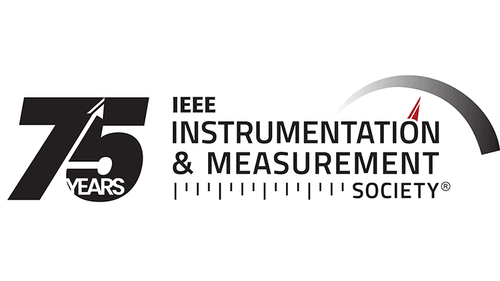Intelligent Sensor Systems as a Pathway to the Next Generation of Maintenance Operations
The session focuses on sensor networks and intelligent systems driving next-generation monitoring across diverse fields, such as structural health inspection, predictive maintenance, condition monitoring, and automotive. Topics might include sensor node design, data acquisition, digital twins, edge processing and tiny Machine Learning.


